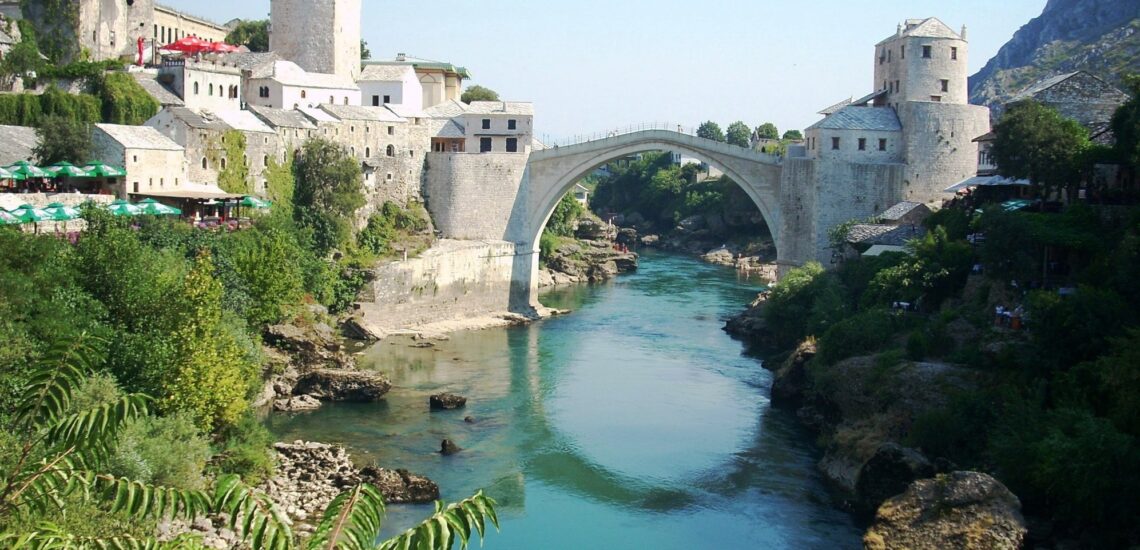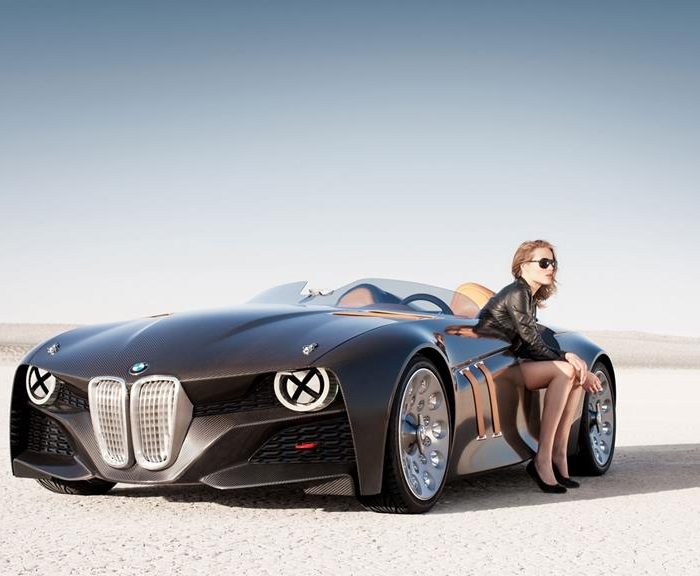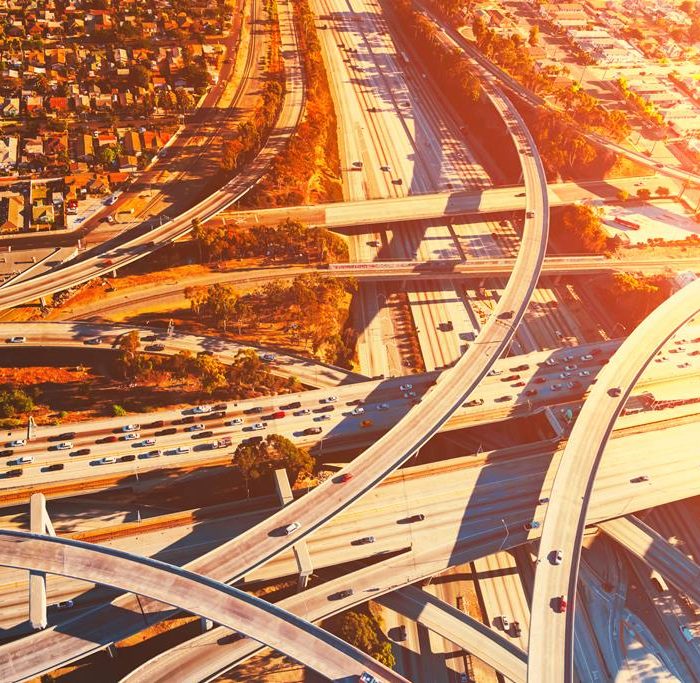Quick facts about Bosnia and Herzegovina:
- Location: Southeast Europe, Balkan Peninsula.
- Capital: Sarajevo.
- Population: Around 3.3 million.
- Languages: Bosnian, Croatian, Serbian.
- Currency: Convertible Mark (BAM).
- Size: Approximately 51,197 sq km
Fact 1: Bosnia and Herzegovina gained independence recently
Bosnia and Herzegovina formally declared independence from Yugoslavia on April 5, 1992. However, following the declaration, the country experienced a devastating conflict known as the Bosnian War, which lasted from 1992 to 1995. The war involved ethnic and territorial disputes, leading to significant humanitarian crises, including the Siege of Sarajevo and the Srebrenica massacre. The Dayton Agreement, signed in 1995, brought an end to the conflict and established Bosnia and Herzegovina as an independent and sovereign state.

Fact 2: Bosnia has a Muslim majority
Bosnia and Herzegovina is characterized by a complex demographic composition. The country consists of three main ethnic groups: Bosniaks, Croats, and Serbs. Among these, Bosniaks, who are predominantly Muslim, form the largest single ethnic group in the country. However, it’s important to note that Bosnia and Herzegovina is officially a secular state, and the Constitution guarantees freedom of religion, allowing for a diverse religious landscape that includes Muslim, Orthodox Christian, Catholic, and other communities.
Fact 3: The most famous place in the country is the old bridge at Mostar
The Old Bridge (Stari Most) in Mostar is indeed one of the most famous and iconic landmarks in Bosnia and Herzegovina. This 16th-century Ottoman bridge spans the Neretva River, connecting the two sides of the historic town of Mostar. Known for its elegant arch and stunning architecture, the Old Bridge has become a symbol of unity and resilience. It is a UNESCO World Heritage site and attracts visitors from around the world who admire its cultural significance and the breathtaking views of Mostar from the bridge.
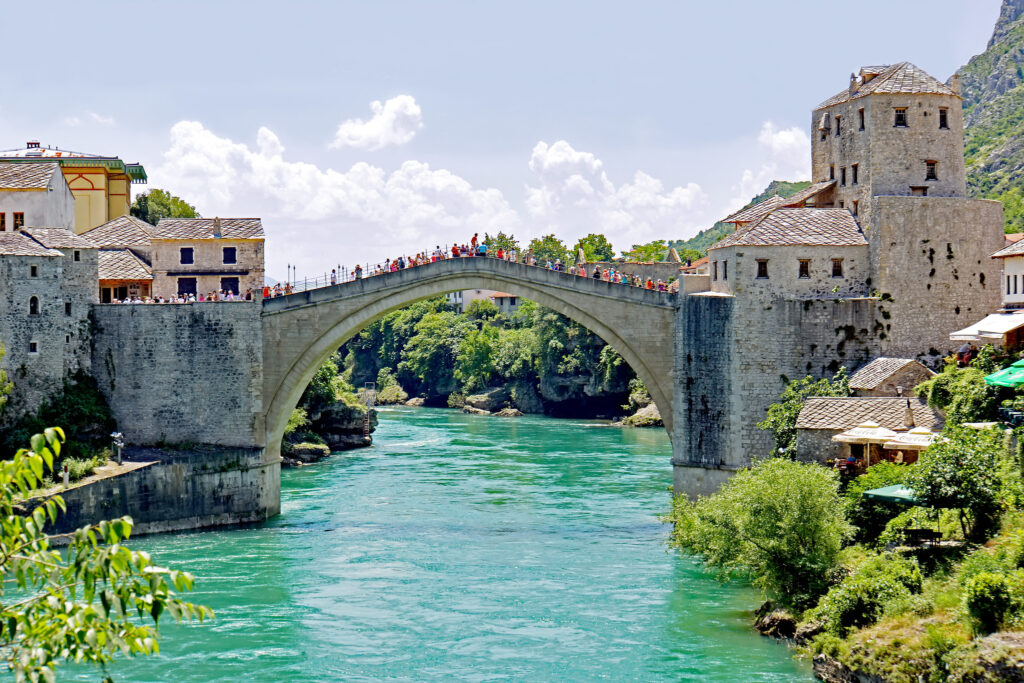
Fact 4: There are many waterfalls in Bosnia and Herzegovina
Bosnia and Herzegovina is known for its numerous waterfalls, contributing to the country’s natural beauty. Some notable waterfalls include Kravice Waterfalls, Martin Brod Waterfalls in the Una National Park, and Skakavac near Sarajevo. The diverse landscapes of Bosnia and Herzegovina, including its rivers and lush surroundings, create ideal conditions for the formation of stunning waterfalls, making them popular attractions for both locals and tourists.
Note: If you plan to visit the country, find out if you need an International Driver’s License in Bosnia and Herzegovina to drive.
Fact 5: The first all-electric streetcar in Europe has appeared in Sarajevo
Sarajevo, the capital of Bosnia and Herzegovina, is home to the first full-scale electric tram system in Europe. The Sarajevo tramway began its operations on October 1, 1885. The establishment of the electric tram marked an important milestone in the development of urban transportation in Europe. The initiative to introduce the tram system in Sarajevo was led by Austro-Hungarian authorities, who were in control of the region during that period. Today, the Sarajevo tram network continues to be an integral part of the city’s public transportation system.

Fact 6: Bosnia has a relic forest that is almost non-existent in Europe
Bosnia and Herzegovina is home to the Perućica forest, an extraordinary relic of nature and one of the last remaining primeval forests in Europe. Nestled within the Sutjeska National Park, Perućica stands as a testament to the ancient woodlands that once covered the continent. This untouched forest is characterized by towering trees, diverse plant life, and a pristine ecosystem that has been preserved for centuries. The Perućica forest represents a living record of Europe’s natural history, offering a rare glimpse into the continent’s ancient past.
Fact 7: Bosnians are very fond of coffee
Coffee holds a special place in Bosnian culture, and Bosnians are known for their strong coffee-drinking tradition. Bosnian coffee, often prepared in a traditional cezve or džezva, is a finely ground and unfiltered coffee enjoyed in small cups. The process of preparing and drinking coffee in Bosnia is a social ritual, and coffee houses (kafanas) are common gathering places for friends and family. The appreciation for coffee goes beyond its caffeinated qualities; it embodies a cultural and social experience, symbolizing hospitality and community in Bosnian daily life.

Fact 8: On the streets of Sarajevo, you can see the red marks of the aftermath of the conflict
Referred to as “Sarajevo Roses,” are a poignant and visible reminder of the impact of the Bosnian War (1992-1995) on the city of Sarajevo. These “roses” are concrete scars filled with red resin or paint, marking the locations where mortar shells or artillery shells struck, resulting in casualties during the conflict. They serve as both a memorial and a symbol of resilience, representing the endurance of the city and its people through a difficult period in history. The scars left by the war are intentionally preserved to commemorate the lives lost and the enduring spirit of Sarajevo.
Fact 9: There was a murder in Bosnia that started World War I
The assassination of Archduke Franz Ferdinand of Austria-Hungary took place in Sarajevo, Bosnia, on June 28, 1914. The Archduke’s assassination by Gavrilo Princip, a Bosnian Serb nationalist, triggered a chain of events that ultimately led to the outbreak of World War I. The assassination is considered a key catalyst for the war, as it set off a series of diplomatic and military actions among the major European powers. The conflict that followed had far-reaching consequences and significantly shaped the course of the 20th century.
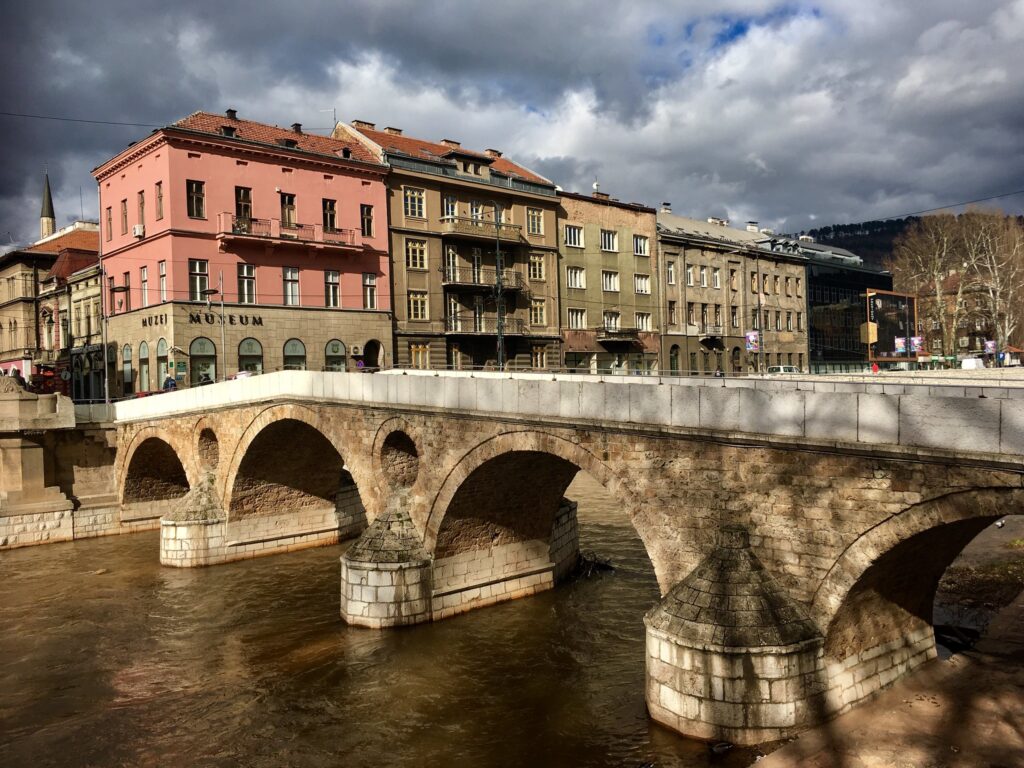
Fact 10: Bosnia has a seashore surrounded by Croatia
Bosnia and Herzegovina, while primarily a landlocked country, possesses a narrow strip of coastline along the Adriatic Sea. The town of Neum, nestled on this picturesque coastline, is the sole coastal town of the country. With a coastline stretching approximately 20 kilometers, Bosnia and Herzegovina’s access to the Adriatic adds a unique dimension to its geographical features, providing residents and visitors with a connection to the stunning coastal landscapes of the Adriatic Sea.

Published February 25, 2024 • 5m to read

